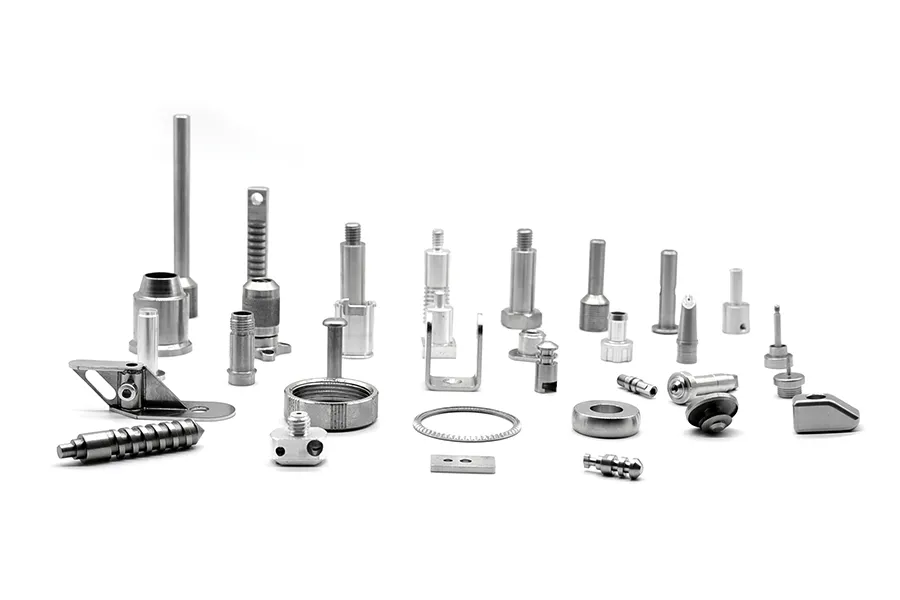Strickly speaking, steels contain many types, say,
- Carbon steel
- Alloy steel
- Stainless steel
- Tool steel
- Mild steel
- High-speed steel
- Weathering steel
- Galvanized steel
- Spring steel
- Cast iron
- Nickel steel
- Chromium steel
- Manganese steel
- Tungsten steel
- Titanium steel
- Silicon steel
- Electrical steel
- Vanadium steel
- Boron steel
- Quenched and tempered steel
- Thermal resistant steel
Many types of steels are not for general purposes, so, we do not see or use them often. Here, this article will go in to details about the weldability of common steels.
What is Weldability
Weldability is a term used to describe the ability of a material to be welded. Different steels have varying weldability properties due to their chemical compositions and microstructures. Some steels are easier to weld than others, and the weldability of a particular steel depends on various factors such as its carbon content, alloying elements, and processing methods.
Low carbon steels are generally considered to have good weldability. They can be easily welded using a variety of welding techniques, including MIG, TIG, and Stick welding. Stainless steels, which contain high levels of chromium, have good corrosion resistance but can be more challenging to weld due to their high thermal conductivity and low thermal expansion coefficient.
High carbon steels, on the other hand, can be more challenging to weld due to their higher carbon content. They tend to be more brittle and susceptible to cracking during welding, and their high carbon content can also lead to the formation of hard and brittle regions known as heat-affected zones (HAZs) around the weld.
Alloy steels, which contain various alloying elements such as manganese, chromium, and nickel, can have varying weldability properties depending on their composition. Some alloy steels are very weldable, while others are more challenging to weld due to their high strength and resistance to deformation.
Overall, the weldability of different steels can vary widely depending on their chemical compositions and processing methods. It’s essential to consider these factors when selecting a steel for welding and to choose the appropriate welding technique and parameters for the job at hand.
What Factorrs Affect Weldability
Chemical composition and purity of the base materials: The chemical composition and purity of the base materials, i.e. the metal being welded, have a significant impact on weldability. Metals with a high level of impurities or a high level of alloying elements may be difficult to weld or may require special techniques to ensure a quality weld.
Thickness and shape of the base materials: The thickness and shape of the base materials also affect weldability. Thicker materials require more heat input to weld, which can lead to distortion or cracking. Similarly, complex shapes may require more precise welding techniques to ensure a quality weld.
Heat input: The heat input, or the amount of energy introduced into the material during the welding process, affects weldability. Excessive heat can cause distortion, while insufficient heat can result in poor fusion.
Welding technique: There are various welding techniques such as MIG, TIG, and stick welding, and each technique has its own advantages and disadvantages. The selection of the welding technique depends on the materials being welded and the desired outcome.
Welding parameters: Welding parameters such as arc length, welding speed, and electrode temperature all affect weldability. These parameters must be carefully controlled to ensure the quality of the weld.
Joint design: The design of the joint being welded is critical to weldability. A poorly designed joint can increase the risk of cracking or distortion.
Environmental factors: Environmental factors such as humidity, temperature, and atmospheric composition can also affect weldability. These factors must be carefully managed to ensure successful welding.

